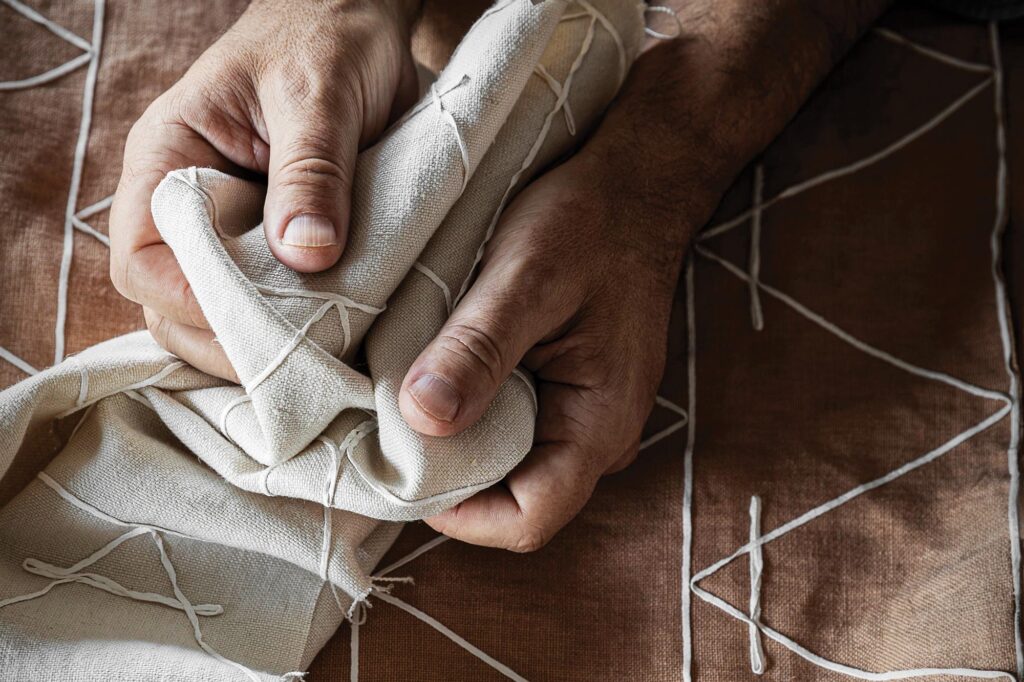
The thousands of fabrics simply were not enough. Or more accurately, the thousands of fabrics were not simple enough. That was the feeling that yacht designer Bernard Zuccon had a few years ago when he visited the storied Dedar fabric and wall-covering company during design week in Milan.
“I tried to express my desires,” Zuccon says. “They have thousands of fabrics, but I expressed my idea of being focused on a specific type of fabric. My research right now around the concept of interior design—especially for yachting—my ideas are very clear. I want to do something specific.”
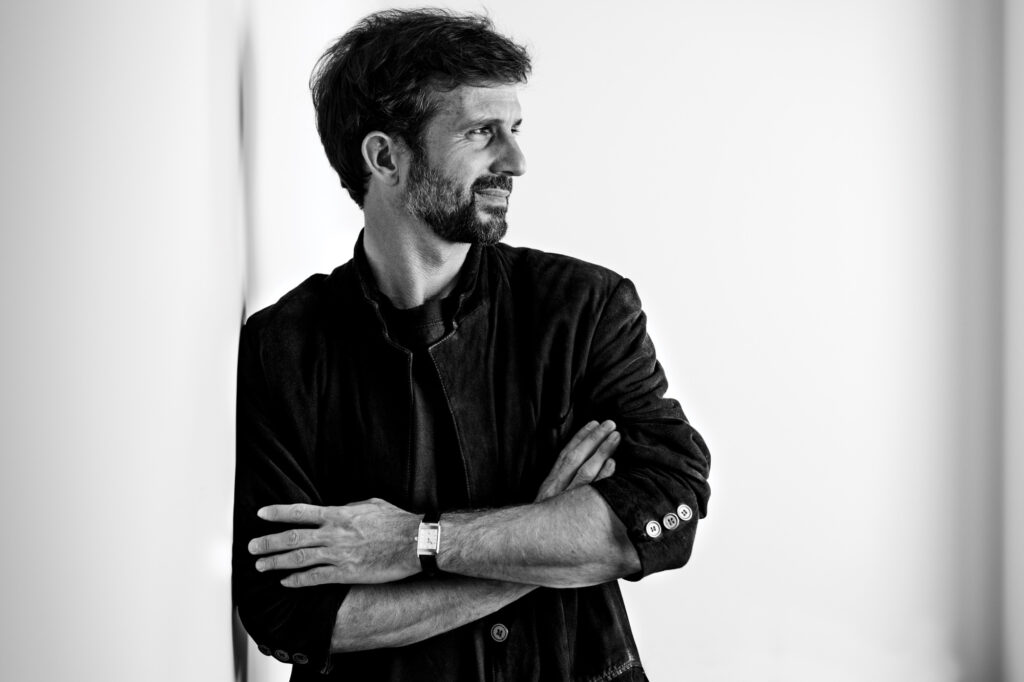
Trying to create something new in the world of yacht interior design is a tall order when your parents created the firm Zuccon International Project in Rome quite a few decades ago. Zuccon now runs the company alongside his sister, Martina, having been immersed in ideas about furnishings, fabrics and more for half a century. Sanlorenzo, Perini Navi and Ferretti are just some of the boatbuilder brands the design firm has worked with over the years.
What’s been bothering Zuccon most recently is how ornate and boldly colorful yacht interiors have become. He doesn’t like the way he feels when he steps on board some boats, which seem completely detached from the natural world all around them.
“If you go bold and there are many colors, you are shocked by the color. There is a big contrast between white and red, or white and blue,” he says. “Your reaction in terms of emotion is strictly linked to this stronger contrast. I don’t like to have this kind of emotion. I like to see maybe one color, but with different tactile experiences.”
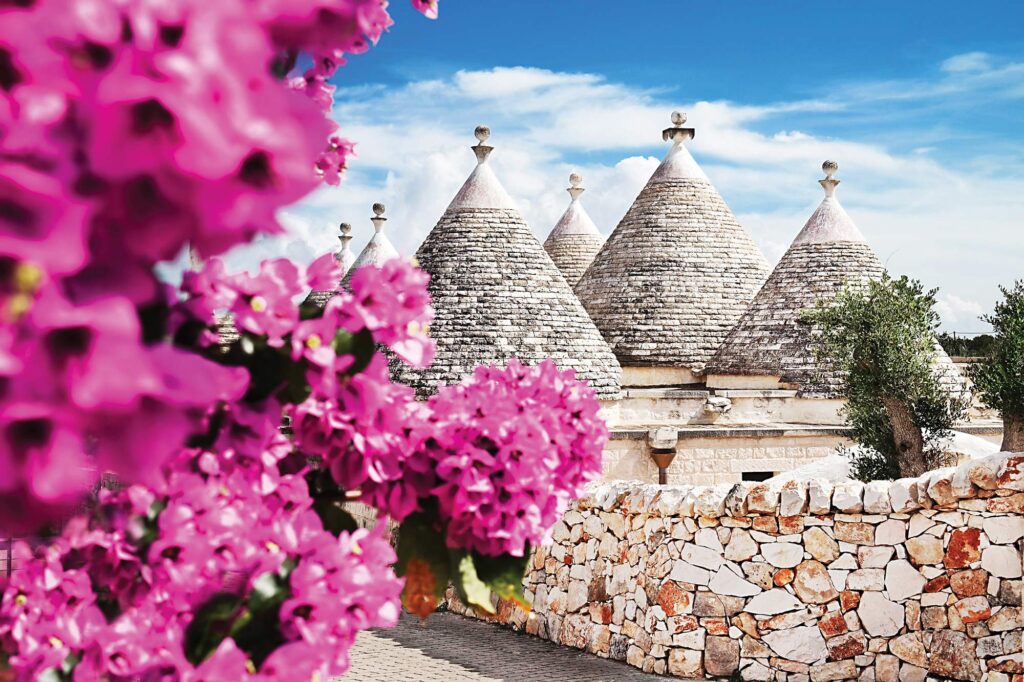
He began to think about how fabric was made before colors existed, in the times before chemical processes created an endless number of purple and red hues. He thought about purity and simplicity. “If you see linen, it is white or almost white,” he says. “I don’t want to change the original feeling of the materials.”
He became inspired by ancient trulli limestone houses in Italy’s Puglia region, where for centuries the dwellings have stood in harmony with the land all around them.
“You can really appreciate this sense of a natural feeling,” he says. “All the designers, all the architects had a lot of respect for the country, for the land, for the sea. This approach that is typical in these ancient villas in Italy, it was my first inspiration for this new design on board.”
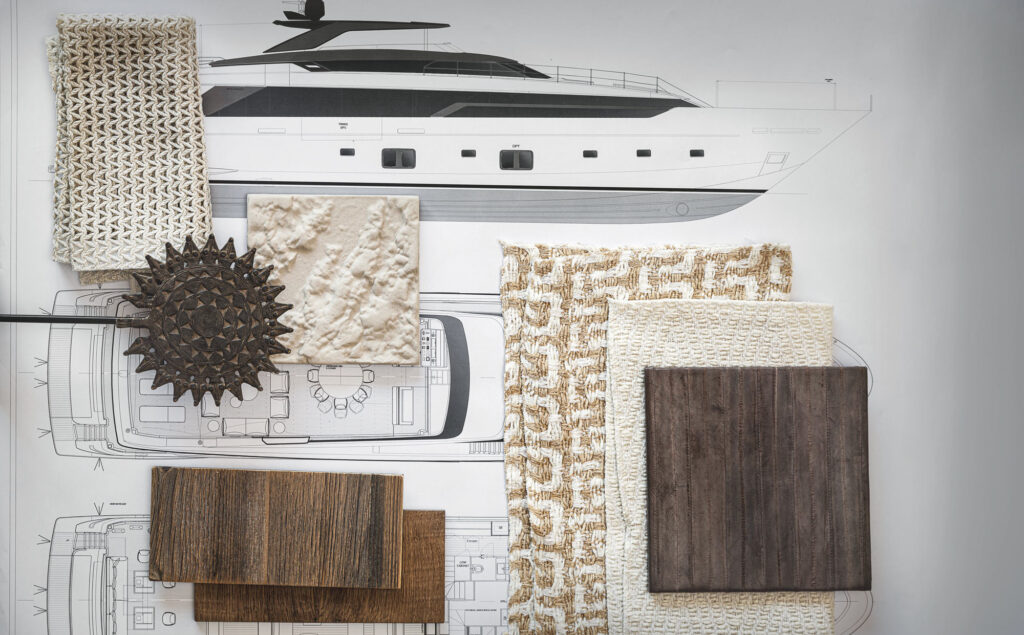
That’s the vision he articulated to Dedar’s team as he sat in Milan’s chic Brera district, leading to the creation of Zuccon’s new line of GEA fabrics. Their lack of color and their tactile feel, Zuccon says, create an entirely different experience for yacht owners and their guests. Sitting on a piece of furniture, closing your eyes and running your hand across the fabric becomes a calming moment unto itself.
“The reason why I like this approach to interior design is because very often when you’re on board yachts, it means luxury and overdoing things with many different materials. You want to shock the client by using rich materials and opulence. I completely dislike this approach,” he says. “I want to give a different message. Being on board, using a boat, it means enjoying your time on the sea, surrounded by nature. You don’t buy a yacht because you want to be the best of the best, or just because you want to show how rich you are. The interior design must reflect your soul as an owner. You want to express a pure essence on board.”
So far, he says, he’s getting good feedback from some clients—particularly younger ones who grew up with a thoughtful approach to the environment.
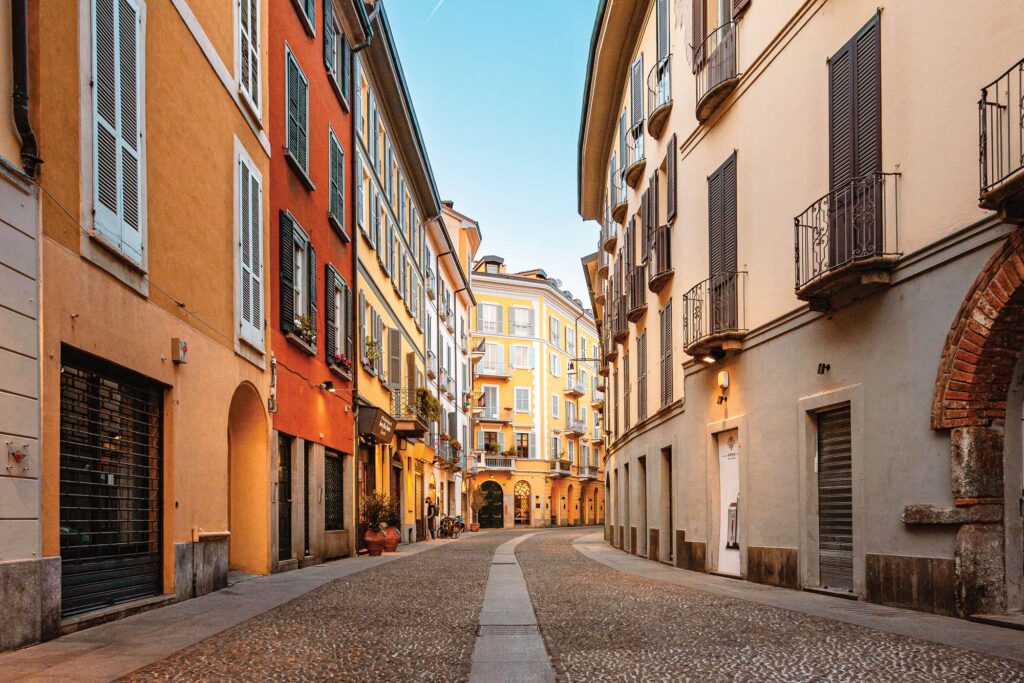
“I’m building two boats now, one around 86 meters [282 feet] and the other around 40 meters [131 feet], and step by step, I can really give this message to the clients. I will try to push them to be focused on these kinds of fabrics,” he says. “Your experience is going to be more natural, more simple.”
That’s what time on the boat should be, he adds: making the most of nature. “Every day, we have a lot of problems. We are full of stress. We are anxious,” he says. “You have to create your small world in the easiest way, also in terms of colors.”
The Trulli
As early as the mid-14th century, people were building these limestone dwellings in the southern Italian region of Puglia. They are made with corbeled dry-stone construction, which is specific to this area. Historically, small-scale landowners or agricultural laborers used the dwellings as temporary field shelters and storehouses, or as permanent dwellings. The dwellings have been a UNESCO World Heritage site since 1996.
Nature First
The GEA collections of fabrics—Italian for Gaea, the goddess who personifies Earth in Greek mythology—have an intentional lack of color. Teti fabrics are neutrals. Phoebe fabrics are warm beiges and browns. Arge fabrics are darker grays, blacks and browns. The idea is a return to the origins of the materials, before colors became prominent.
Beyond Fabric
Bernardo Zuccon says he is trying to apply his vision for more primitive, natural materials to more than just fabrics used in the interior design of yachts. He is also working with woods and leathers to try and create a similar feeling, both to the touch and in terms of each space’s ambience.
Layering
In some cases, there are several types of materials within the same piece of fabric. Arke is made with linen yarn and polyurethane thread. Zuccon says this is not an unusual combination, but he tried to reimagine it without any use of color.
Dedar
This Italian company, which makes fabrics and wall coverings, was founded in 1976. It has showrooms in Milan, as well as in New York, Moscow, London and Paris. The company works with artisans and textile specialists, drawing mainly on the know-how of the historic silk district in Como and the surrounding area. Dedar’s spinners and weavers specialize in various techniques and raw materials.









